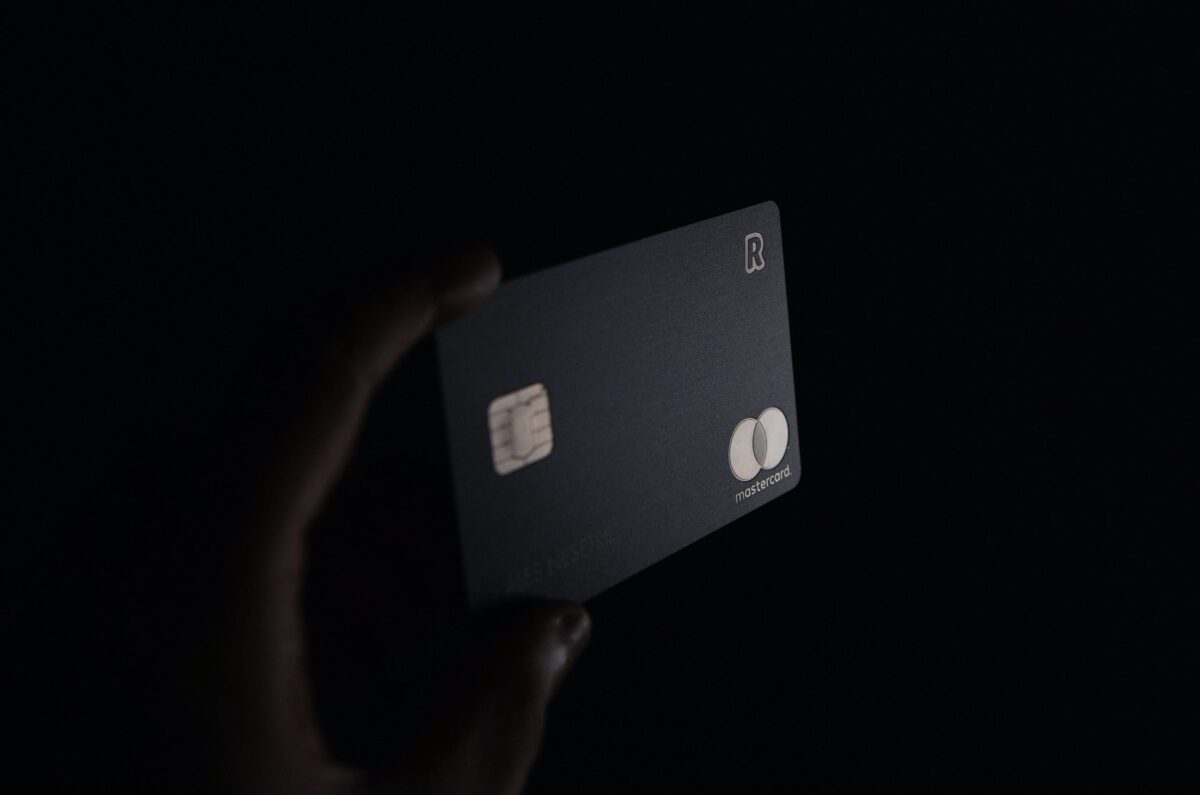
I’ve had several conversations recently with colleagues and clients about how sellers differentiate. Actually, the conversation was about how they don’t really differentiate.
I proposed an idea from my upcoming book:
If you differentiate using the same properties as your competitors, you aren’t differentiating as much as you think. If you differentiate only in ways your competitors have dealt with before, you aren’t doing much better..
When one company’s sellers claim the same the same benefits that competitors do–they claim the same “differentiators”, which means no differentiators at all. Only slightly better is when we sell on the same narrow set of differentiators that our competitors have learned to deal with and sell against.
One person agreed, then described what some of his clients had complained “three different business cards, one product”. That is, three companies trying to sell them their own versions of one product couldn’t tell one from the other, except by the logo on the box. Yikes.
In my work on customer-perceived value, I make it clear that value only exists in a customer’s mind. Any differentiation you have doesn’t turn into value until it “makes a safe landing” in a customer’s brain, and connects to a customer-desired outcome. It only turns into differentiated value — that changes a buying decision – when that value is offered by only one buying option.
I’ve learned that a single point of differentiation often drives value in multiple “landing points” throughout an organization (for example, lots of departments care that your product lasts longer, and for different reasons).
The conversations with colleagues and clients I mentioned earlier revolved around sellers trying to leverage only the most conventional and expected of these “landing points” in their selling strategies. Here’s the problem: When every competitor uses their same consistent approach, everyone is selling in a phone booth. This creates a horrible situation we all want to avoid: as customer-perceived differences diminish, the importance of price increases.
Concentric Rings of Value: There’s a Sucking Sound in the Center
I work with sales teams to find their way out of the phone booth. We talk about three categories of differentiation:

The obvious value everyone sells. This is the “selling in the phone booth” value proposition. It’s easy for customers to grasp and analyze because they’re well-trained in these value propositions. Every seller from every competitor can easily invoke the same customer thought processes, and same or similar value propositions. These selling conversations are easy. The price of those easy customer conversations is that they are the same conversations every competitor has developed expertise in countering.
In complex selling, one often tries to find someone (more is better) in the buying organization who provides leverage into the group buying dynamic. A key question when building a selling strategy: who is your lever? In the phone booth, who at the customer cares enough about your differences to become the lever? When the perceived differences are small, nobody is motivated to be your lever. Nobody sees differentiation, and people start using price to decide.
That’s the middle of a bulls eye: easy to sell, hard to differentiate. I colored it red in the diagram to denote the hazard to selling in the phonebooth.
Unconventional, yet commonly found differentiation is the second ring: a far better place to sell successfully. I have a tool, value networks (look for my upcoming book, or call me directly to discuss), which helps sellers identify all of the ways their product or service’s unique properties affect a customer’s business. Some will be conventional, and fit in the bullseye, but many of these uncover fresh selling approaches that address previously undisclosed value.
This is the money part of the target: differentiators that produce compelling value for the customer – and which invite somebody in the buying ecosystem to become a decision lever. These value drivers are not only unconventional, but they trigger value predictably in many similar customers, so your salespeople can replicate successes efficiently.
Because the value of these differentiation impacts is relatively common, one of two selling skills required here is knowing to where to look: to uncover value by following value predictions from the value network. The second skill set required is selling the value of each impact.
Unconventional, but uncommon. The same value network used to identify common unconventional value will sometimes predict value in a more unique corner of the customer, or in prospect companies with certain less-common characteristics. Examples I’ve experienced: a company that is founder-owned (I had one value proposition that would only be appreciated if the business owner had a particular estate-planning issue).
These differentiators aren’t anything to build a business on, but when they turn up, sellers who uncover and recognize them are able to take advantage and use them to win opportunities . They are just as leveragable as common/unconventional impacts when they are uncovered, but uncovering them takes some skill. The critical skill required: how to look. Great customer interaction skills, combined with the thinking that goes into building value networks, are the foundational skill in uncovering.
Just like in the second ring, selling the value of each impact is the companion behavior set needed to capitalize.
Value and Differentiation Myths.
We often mistakenly think that macro business school and economic laws apply to our specific selling situations. They don’t.
- People only decide on price – the way we were taught they do in econ class – when they think all options are identical. Sameness actually happens a lot less frequently than sellers allow it to. The job of the sales professional is to increase differences and de-commoditize.
- When a market is “mature”, all players don’t really regress into sameness. Some compete on operational efficiency, some become product leaders, some focus on certain market segments. Some look to grow via acquisition, some decide to milk the business for profits. Some want to replace themselves with new technologies, others forge a path to their own destruction. The only common buying thread among each of these types of companies is the value impacts at the center of the bullseye/in the selling phone book. Each customer makes each decision differently.
Actionable Tools
The points I’ve made today are useless to you if you can’t turn them into action for yourself or your sellers. The ideas above are sound, but making them come alive in your sales culture might take more than one blog post.
As I was developing tools for sales organizations and writing my book, I was very sensitive to the seeming paradox of selling unconventional value..predictably. I needed to offer my clients ways to turn unconventional value selling into a repeatable, “operationalizable” system: with a common language, a flexible framework that fits any business, easy to implement tools, plus sustainment and coaching, for managers and sellers alike. If you can’t implement it, I shouldn’t even be talking about it.
Please comment below with your reactions to this article. If you would like to know more, please feel free to contact me at mark@boundyconsulting.com.
To your success!
























